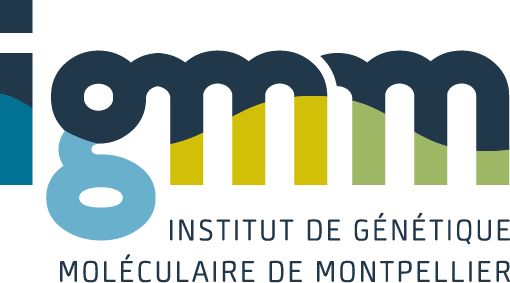The critical tumour suppressor p53 plays a major role in response to DNA damage and, more generally, to genotoxic stress. The regulation of its expression and functions is under very tight controls, and involves, in particular, an extremely complex set of post-translational modifications, thanks to a variety of ‘modifiers’, including ubiquitylation E3s and acetyltransferases, that fine-tune the stability and activity of the protein. Work of the last few years has revealed that, in addition to targeting p53, these modifiers also modify each other, forming an intricate network of regulatory molecules and events that must be taken into account to understand p53 regulation. We propose that this network allows a metastable equilibrium that confers both sensitivity and robustness on the p53 pathway, two properties that allow the pathway to respectively answer to a variety of stimuli and return to its initial stage when the stimuli disappear.
Lessons from interconnected ubiquitylation and acetylation of p53: think metastable networks
Benkirane, M.; Sardet, C.; Coux, O.
2010
Biochem Soc Trans
2010-02 / vol 38 / pages 98-103
Abstract
Doi 10.1042/Bst0380098
0300-5127
Tags
cancer; acetylation; cell-cycle arrest; complex; degradation; DNA-damage; e3; histone acelyltransferase (hat); in-vitro; mdm2; p300; p53; post-translational modification; tumor-suppressor; ubiquitin-protein ligase; ubiquitylation
